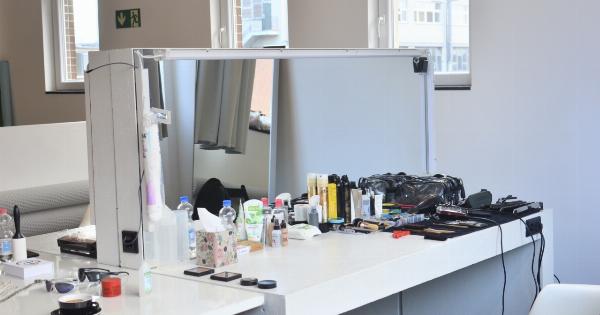Hair loss is a universal problem that affects millions of people around the world, both men and women alike.
Thinning hair, receding hairline, and balding not only impact one’s physical appearance but can also take a toll on one’s self-esteem and confidence. While there are various remedies available in the market that claim to help treat hair loss, most of them only offer temporary relief.
However, in recent years, stem cell therapy has emerged as a promising solution for hair growth and restoration.
Using stem cells, researchers and hair experts are now able to promote hair growth, repair damaged hair follicles, and even regrow hair in areas where it has stopped growing.
Understanding Hair Loss
To understand how stem cell therapy can help revive hair growth, it is crucial to know what causes hair loss.
Hair loss can be caused by several factors, including genetics, hormonal changes, medication, radiation therapy, stress, and malnutrition.
However, the most common cause of hair loss is androgenetic alopecia, a hereditary condition that affects both men and women. This condition makes hair follicles shrink, resulting in shorter and finer hair that eventually stops growing.
How Stem Cell Therapy Works?
Stem cell therapy involves using stem cells to stimulate hair growth. Stem cells are undifferentiated cells that can differentiate into any cell type in the body.
They are known for their ability to regenerate and repair damaged tissues, making them ideal for various therapeutic purposes.
Stem cell therapy for hair growth involves extracting stem cells from the patient’s body, processing them in a lab, and administering them to the scalp.
The stem cells release growth factors and other compounds that promote hair growth, repair damaged hair follicles, and improve blood vessel formation.
The stem cell therapy procedure for hair growth is non-invasive and doesn’t require surgery. It is performed under local anesthesia, and patients can resume their normal activities right after the treatment.
The Science Behind Stem Cell Therapy for Hair Growth
Several studies have shown that stem cell therapy can improve hair growth in patients with androgenetic alopecia, the most common type of hair loss.
A recent study conducted in Japan involved injecting adipose-derived stem cells into the scalp of ten male patients with androgenetic alopecia. Within six months of the treatment, all the patients noticed significant hair growth in the treated areas.
The researchers concluded that adipose-derived stem cells have potent hair growth-promoting effects and could be a promising therapeutic strategy for hair loss.
Another study conducted in South Korea involved using bone marrow-derived mesenchymal stem cells to improve hair growth in patients with androgenetic alopecia.
After four months of treatment, the patients noticed a significant improvement in hair density and thickness, indicating that stem cell therapy could help reverse hair loss and promote hair growth.
The Benefits of Stem Cell Therapy for Hair Growth
Stem cell therapy for hair growth offers several benefits, including:.
Non-invasive:
Stem cell therapy for hair growth is a non-invasive procedure that doesn’t require surgery. It is performed under local anesthesia and doesn’t cause any pain or discomfort.
Natural-looking results:
Stem cell therapy for hair growth provides natural-looking results, as it uses the patient’s stem cells to promote hair growth. The hair growth is gradual, and the results are long-lasting.
Effective for both men and women:
Stem cell therapy for hair growth is effective for both men and women who suffer from hair loss. It can help regrow hair in areas where it has stopped growing and improve hair thickness and density.
No downtime:
Stem cell therapy for hair growth doesn’t require any downtime, and patients can resume their normal activities right after the treatment.
Conclusion
Stem cell therapy for hair growth is a revolutionary new treatment that offers a promising solution for hair loss.
It is a non-invasive procedure that uses the patient’s stem cells to promote hair growth, repair damaged hair follicles, and improve blood vessel formation.
Though stem cell therapy for hair growth is still in its early stages, several studies have shown its potential to improve hair growth in patients with androgenetic alopecia, the most common type of hair loss.
With further research and advancements in stem cell technology, stem cell therapy could become a mainstream treatment for hair growth and restoration.



























